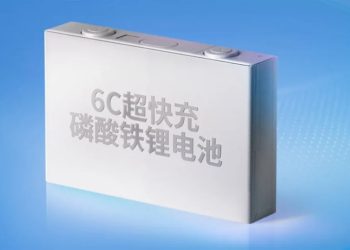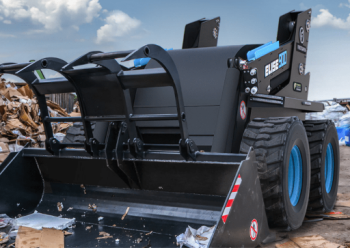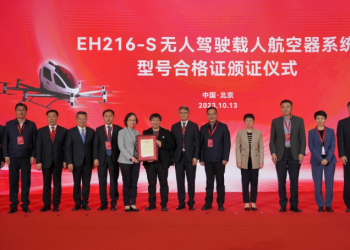An ejector is a pump that is used to expel a fluid at high speed through the stream of another fluid. An ejector for Forze can have many differences and in this article the Dutch company explains what it is all about.
Key to the construction of the Forze IX, the inclusion of the fixed geometry ejector will be just as important for the team’s upcoming vehicles. It is a passive device that is used to maintain the recirculation of hydrogen to the fuel cell, more specifically on the anode side of the fuel cell.
Why does Forze use an ejector instead of a pump?
The hydrogen recirculation pump used in the Forze VIII had a disadvantage that Dutch technicians were quick to notice: they require large amounts of power, generally about several kilowatts, to achieve the pressure boost needed.
It may also interest you: The scientific innovation that will give drivers an “X-ray” vision
For that reason, the ejector is essential for the use of Forze resources, to avoid the loss of energy and making better use of another energy source such as the potential stored as pressure within the hydrogen tanks.
With this mechanism, the hydrogen from the vehicle reaches the anode side of the fuel cell receiving a large amount of energy that guarantees proper operation.
Maximum precision design and operation
The hydrogen coming from the storage system is accelerated thanks to the converging nozzle ejector design (tube with an area that gradually decreases from the inlet to the outlet, like a kind of funnel) and in the same way the static pressure of the fluid decreases.
At that time, the energy of the fluid is in the form of kinetic energy and thus transfers it back to potential energy.
Although the explanation of Alvaro Detailleur, Chief Simulation & Control of the Forze XIV team, seems simple, the design of the ejector geometry is more complicated since the technicians have to specify the elevation of the part so that it is large enough to create the recirculation flows necessary for the operation of the vehicle.
For the realization of the ejector technique used by Forze is computational fluid dynamics (CFD), which accurately models what the hydrogen flows would be.
With these steps, Forze continues to advance the decisive and more than complex hydrogen technology. With the creation of their ninth vehicle, they expect their new single-seater to have a top speed of 300 km per hour, acceleration of 0-100 km per hour in three seconds and boost of 805 horsepower.
For more information, visit Forze‘s official page.











